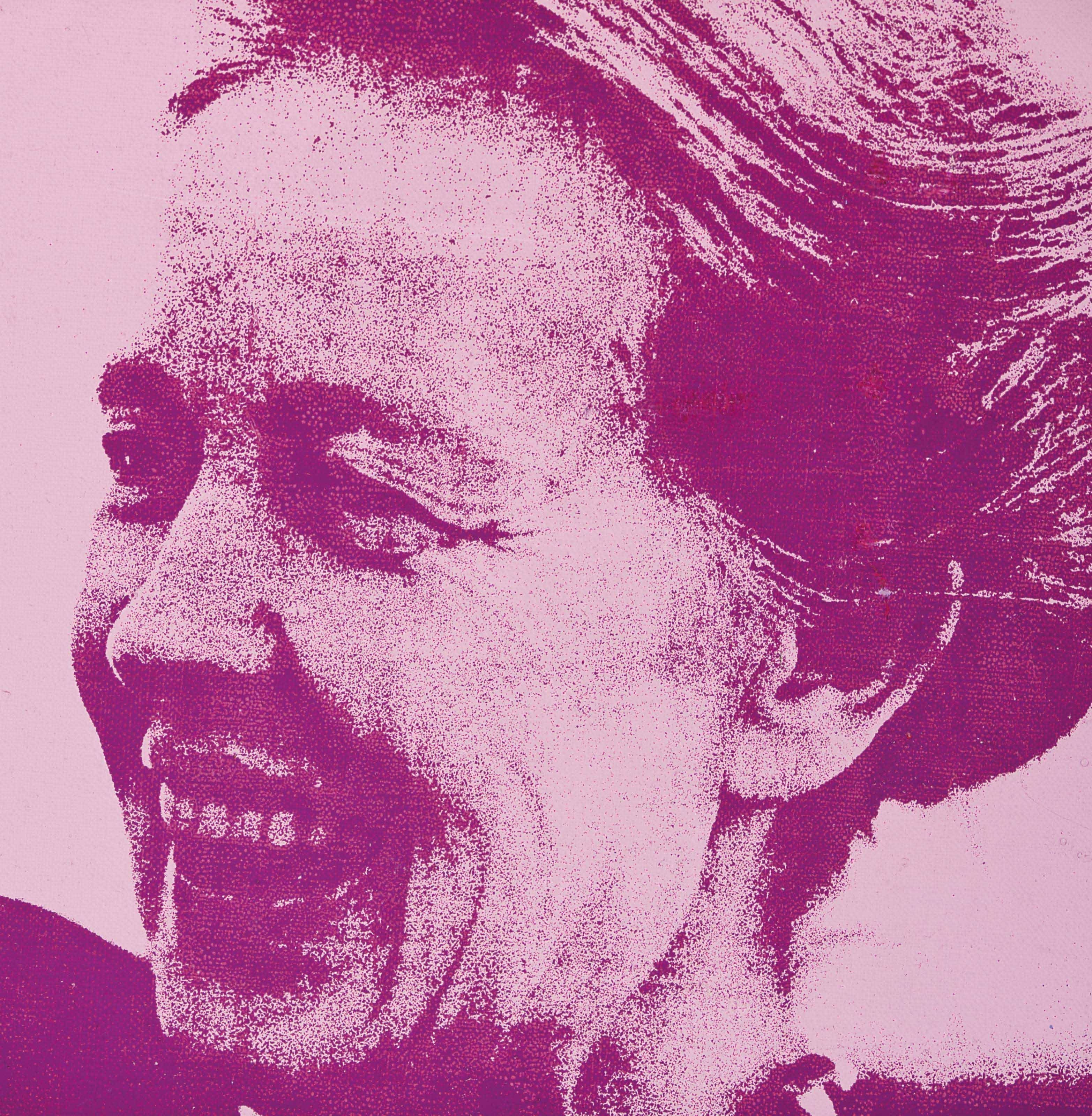
05 May TIO NYC: Art, Upper East Side
A gem of a show titled “German Expressionism and 20th Century Masterworks From Galerie Thomas, Munich” is up through May 16 at the Richard Feigen Gallery, then the art travels to Art Basel. Lucien Freud monumental nudes are on display at Aquavella through May 24. Five decades of Willem de Kooning is up through June 15 at Mnuchin. The European Art Fair in New York is up through May 7. At the Met Museum, “The Tale of the Genji: A Japanese Classic Illuminated” is up through June 16, and “In Praise of Painting: Dutch Masters at The Met,” is up through October 2020.

“Rapallo- Seascape with Steamer” by Wasily Kandinsky, courtesy, Galerie Thomas.
On a tour of galleries on the Upper East Side, a few of our favorite things were on display at The Met Museum and at the Richard Feigen Gallery.
According to The Met, “The Tale of the Genji,” this is the first major loan exhibition in North America to focus on the artistic tradition inspired by Japan’s most celebrated work of literature. Written by Murasaki Shikibu, a lady-in-waiting and consort in the early eleventh-century imperial court, and often referred to as the world’s first psychological novel. The tale recounts the amorous escapades of the “Shining Prince” Genji and introduces some of the most iconic female characters in the history of Japanese literature.
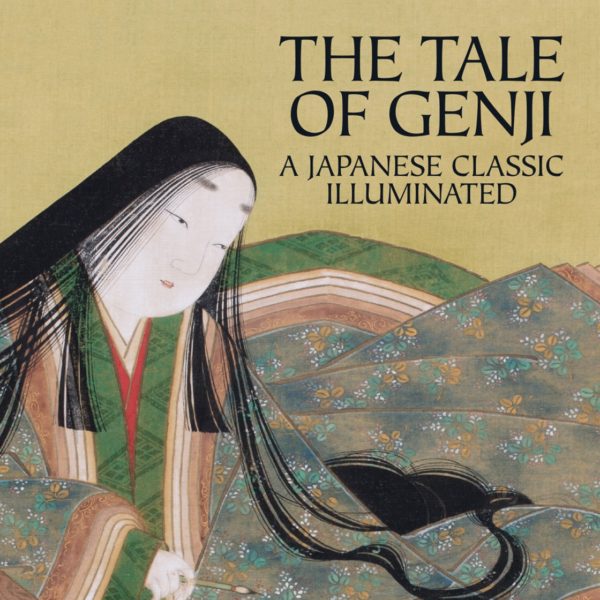
Covering the period from the 11th century to the present, the exhibition features more than 120 works, including paintings, calligraphy, silk robes, lacquer wedding set items, a palanquin for the shogun’s bride, and popular art such as ukiyo-e prints, even modern manga. For the first time ever outside Japan, rare works are on view from Ishiyamadera Temple—where, according to legend, Shikibu started writing the tale.
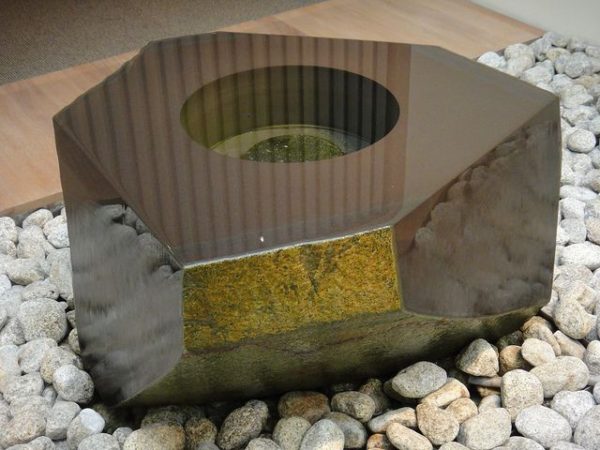
Walking through the hushed galleries the scene is pure eye-dazzling pleasure from first to last, including the Noguchi fountain, one of the most beautiful, serenely minimalist objects in the Met’s collection.
And while you are there, don’t miss the collection of Dutch master paintings from the 17th century, the golden age.
During the 17th century, driven by new freedom from Spanish Catholic rule, the Dutch Republic experienced a surge in economic and cultural prominence and the rise through trade of a large middle and merchant class. Everyone was hungry for the art that had cropped up in response to the celebration of Dutch life and identity. Artists tended to focus their creative impulses on everyday scenes of ordinary life, expressed through a growing body of genre works, all indicative of a thriving creative epoch.
The show concentrates Met masterpieces, including a few choice Rembrandts and Vermeers.
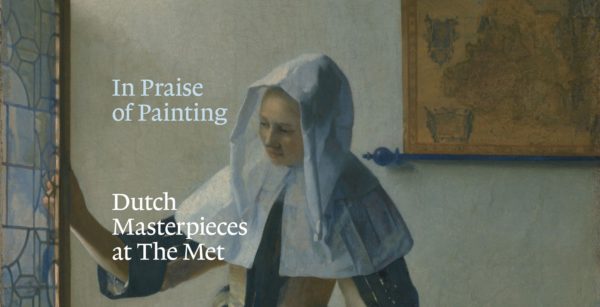

“How great are the Met’s holdings in the Dutch Golden Age? Very,” New Yorker.
“. . . gorgeous show of treasures . . .,” Our Town.
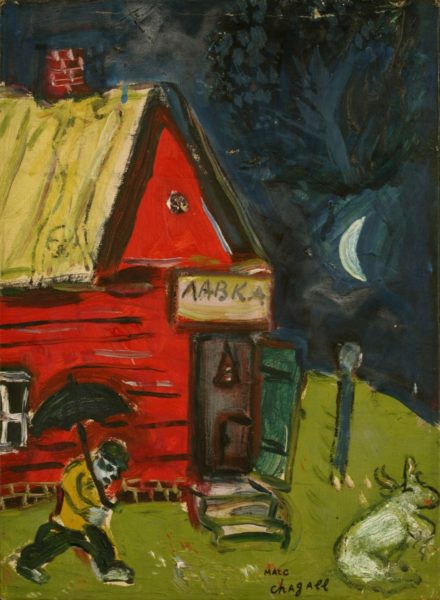
Marc Chagall‘s (1887 – 1985 lyrical figurative style made him one of most popular and recognizable artists of all time. While many of his peers pursued ambitious experiments that often led to abstraction, Chagall maintained his faith in the power of figuration despite absorbing ideas from Fauvism and Cubism.
According to notes from Galerie Thomas, Chagall was from Liosno, the Jewish Shtetl of Vitebsk, a town in White Russia (today Belarus). His father toiled in a herring depot all his life; his mother owned a small shop. After Chagall left Russia in 1922, he never returned, however, he always felt a bond with his origins and his hometown which he expressed in his work.
During his exile in the United States between 1941 and 1948 he published an open letter “To my town Vitebsk”, in which he wrote “…I did not live with you, but I did not have one single painting that did not breathe with your spirit and reflection.”
In “L’homme au parapluie,” Chagall depicts his parents’ home, with a sign above the door reading “Shop.” The little painting was created in the 1930s, 10 years after the artist left home. Vitebsk, as he knew it, was almost completely destroyed during the war.
Henri Matisse, 1869 – 1954, is widely regarded as the greatest colorist of the 20th century and a rival to Pablo Picasso in the importance of his innovations. Matisse emerged as a Post-Impressionist and achieved prominence as the leader of the French movement known as Fauvism.
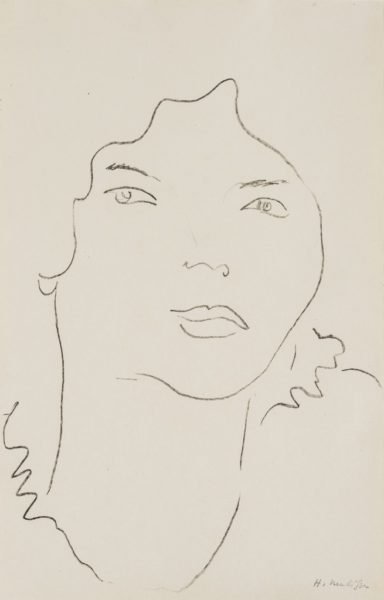
Drawing was always central to Matisse’s oeuvre and, whether working in oil paint, ink or collage, the artist’s exploration and representation of form needed very few marks to convey a compellingly moving image. An assured brevity of line is one of Matisse’s hallmarks.
During World War I, Galerie Thomas explains, Matisse was not able to hire professional models. He created portraits of the wives of artist friends, such as Madame Derain, Mme Gris und Mme Dimitrios Galanis, or of acquaintances. The artist was very much interested in music and also knew several musicians, of whom he also made portraits, such as Juan Massia, a violinist, and Carlos Olivares, a cellist. “Portrait of Emma,” 1916, is one of a series of drawings of Emma LaForge, a Parisian violinist. Matisse also created a number of etchings of Emma, as well as monotypes, of which some are in the collection of the Museum of Modern Art, New York.
Obsessed with celebrity, consumer culture, and mechanical reproduction, Pop artist Andy Warhol, 1928-1987, created some of the most iconic images of the 20th century. Almost as famous for his quips as for his art, he variously mused that “art is what you can get away with” and “everyone will be famous for 15 minutes.”
According to Galerie Thomas, in the 1960s Warhol created several serial portraits of Dominique de Menil (1908-1997) and they were among the earliest private commissioned portraits in the signature style of his Jackie, Marilyn and Liz images and his own early self-portraits.
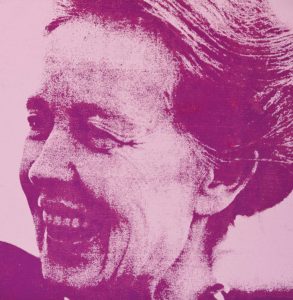
Dominique de Menil was a great admirer, friend, supporter, and collector of Warhol. In this beautiful, uplifting work, the artist captured his subject’s energetic personality.
As a child, Galerie Thomas explains, Robert Motherwell suffered from asthma and so his parents moved with him to California. The wide open spaces, blue skies, and ochre hills later inspired abstractions such as Orange Personage.
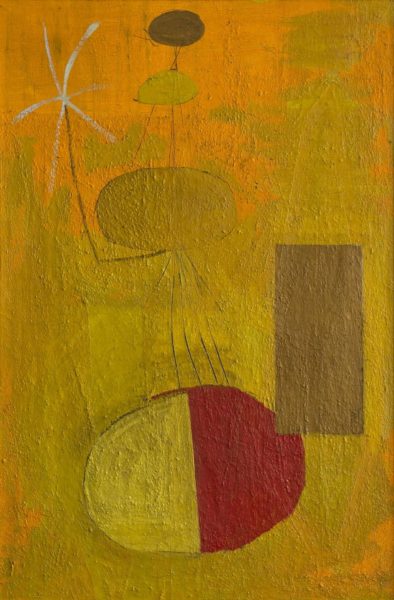
Motherwell moved to New York in 1940 to study at Columbia University with art historian Meyer Schapiro who introduced the artist to a group of Surrealists: Max Ernst, Marcel Duchamp, and André Masson. Motherwell then travelled to Mexico with Roberto Matta, where he met Wolfgang Paalen, another important influence.
Peggy Guggenheim gave Motherwell his first solo exhibition in 1944, also the year the Museum of Modern Art acquired a painting.
Other jewels at the Feigen Gallery, (now run in concert with Richard Feigen by former, long-time Telluride local Puppa Nottebohm), includes works by Gabrielle Munter, Max Pechstein, Emil Nolde, Ernst Kirchner, August Macke, Max Ernst, Archipenko, Paul Klee, Arp, Calder, Soutine, and Gerhard Richter.

Soutine, Landschaft in Cagnes, courtesy Galerie Thomas.
Willem de Kooning, a leading figure of the Abstract Expressionist School, was born April 24, 1904 in Rotterdam, the Netherlands. “Five Decades of De Kooning” is now on display at Aquavella.
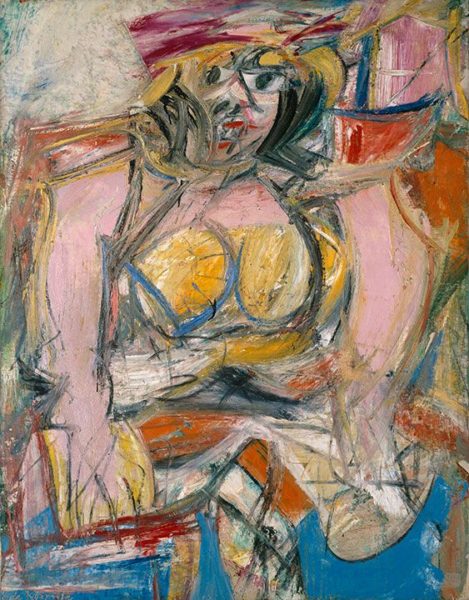
De Kooning entered the Rotterdam Academy of Fine Arts & Letters in 1916 where he studied until 1925. He immigrated to the United States in 1926, first working as a house painter in Hoboken, New Jersey before relocating to New York City in 1927.
Once in the Big Apple, de Kooning held a variety of odd jobs until 1935, when he was employed by the mural and easel divisions of the WPA Federal Art Project. After the WPA he painted full time, influenced primarily by Cubism and Surrealism and artists such as Picasso and Gorky, with whom he shared a studio.
In mid-1938, De Kooning began his first celebrated Women series, a subject that he would consistently return to throughout the remainder of his career. He created his large gestural abstractions in the ’70s and the ’80s.
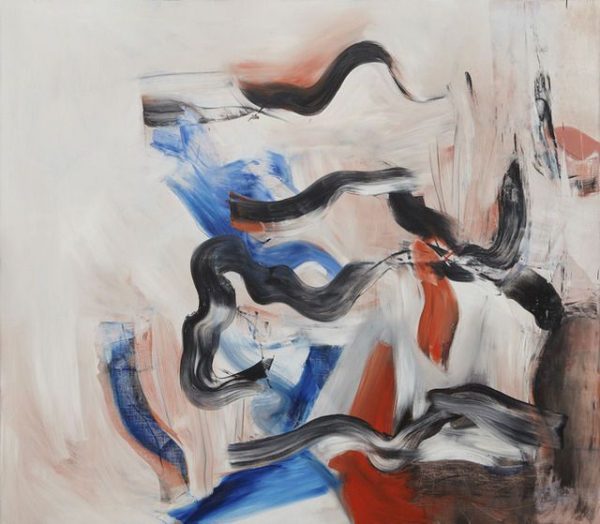
Of the painters who emerged in New York during the late 1940s and early ’50s – Jackson Pollock, Mark Rothko and Barnett Newman, among them – de Kooning, who died in 1997, remains the most difficult to capture, but the jazzy, improvisations on women, conflating his subjects with landscape and African mask-like faces are certainly powerful if also a bit disturbing. They stand in sharp contrast to the light and lively ribbons of paint in de Kooning’s later work.
Lucien Freud, who died at age 88 in 2011, is widely known for his acutely observed, visceral realism. “Lucian Freud: Monumental,” on view at New York’s Acquavella Galleries, comprises 13 larger-than-life-size naked portraits from the 1990s and 2000s never before been seen together.
Many critics figure Freud started making really great paintings only after he let go of drawing, abandoning flat, crisply outlined figures for massively fleshy nudes brought to life by a fully loaded, hungry brush.
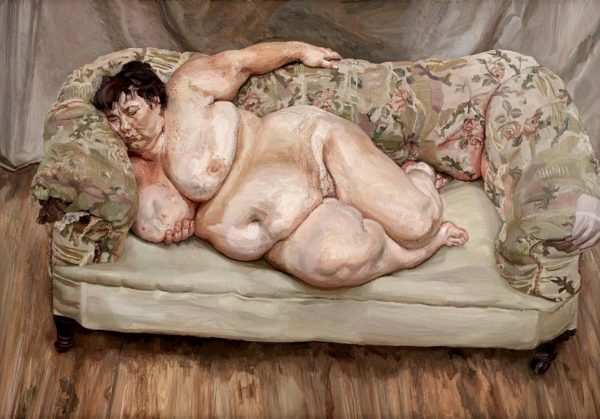
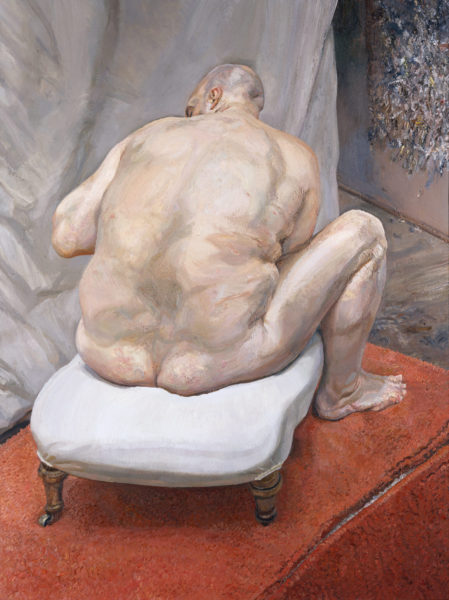
The effect at the Mnuchin show is to strip the viewer bare in the face of the psychological intensity of the work.
Go here to read a review of TFAF. Bottom line: lots of the usual suspects, modern masters from Picasso to Paul Klee, Dubuffet and Richter, plus lots of furniture, eye-popping bling and a few new and promising names.


Sorry, the comment form is closed at this time.